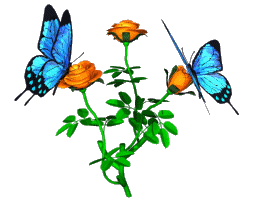Create a Habitat Along with Your Butterfly Feeder

Sadly, natural butterfly habitats are being decimated by the elimination of weeds and native grasses from yards, and chemical pesticides. Create a butterfly habitat in your garden with these simple tips:
Water: Butterflies will not drink from an open water source. They consume liquids by puddling, getting moisture from wet sand or soil, or shallow puddles. A leaf mister is a wonderful accessory to attract butterflies as the puddling process is constant.
Shelter: Mature, woody plants near your nectar producing flowers will provide butterflies with shelter during bad weather and at night. You may also want to consider a butterfly house.
Host plants: The host plants are ones that provide a site for butterflies to lay eggs and a food source for the emerging caterpillar. You may need to keep heavy mulch on these plants. Some host plants include: Thistle, Milkweed, Wild Cherry, Grasses, Nettle, Violet, Poplar, and Willow.
Food Sources for Nectar: Include Shrubs and annual flowers like; Azaleas, Lilac, Viburnums, Privets, Impatients, Marigolds, Alyssum, Cosmos, Verbena and Zinnias. Perennials include: Bee Balm, Butterfly Weed, Phlox, Seedum, Goldenrod, Coneflower, Thistle and more.
Start creating your butterfly-friendly habitat this spring and enjoy these flying flowers’ who will grace your yard!
